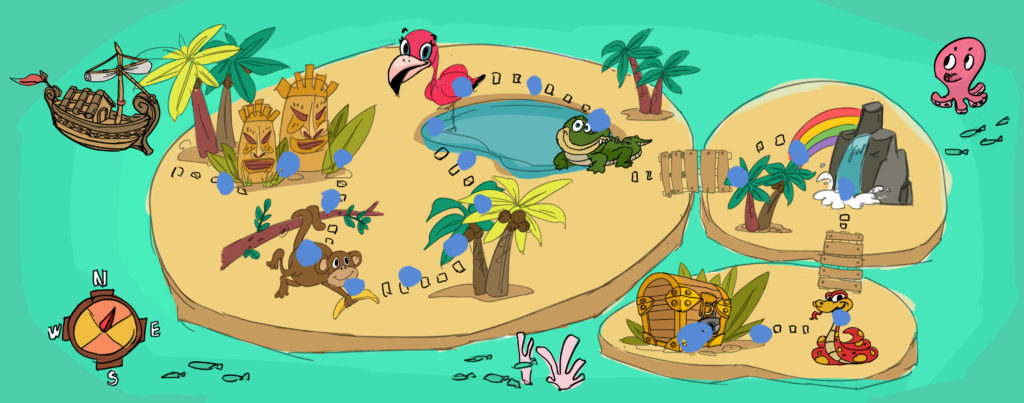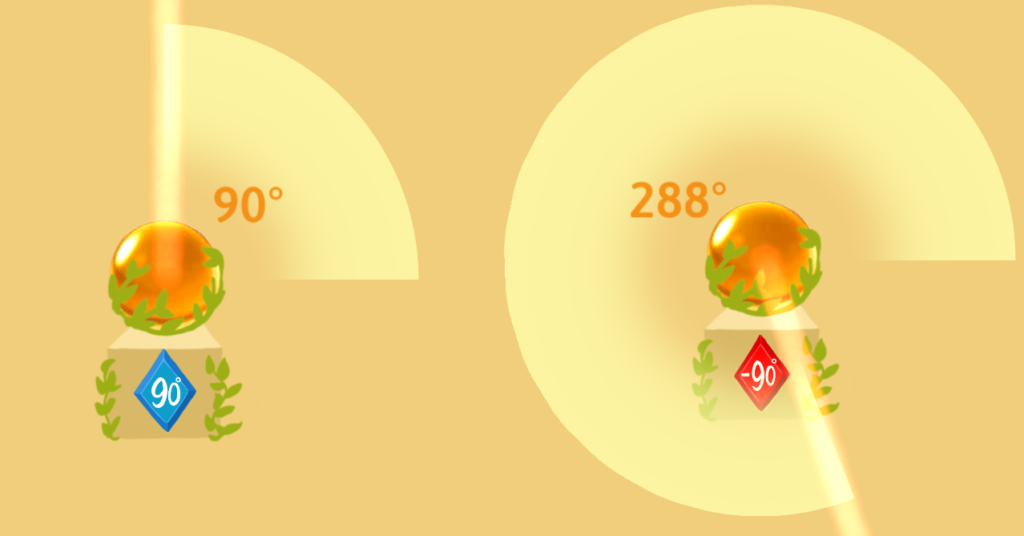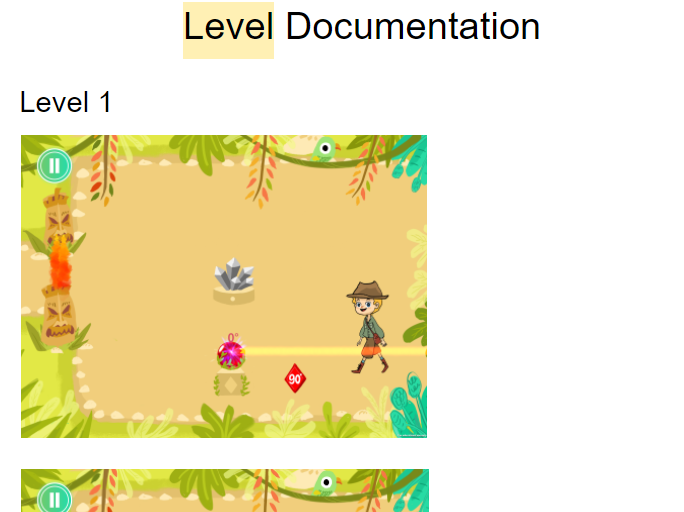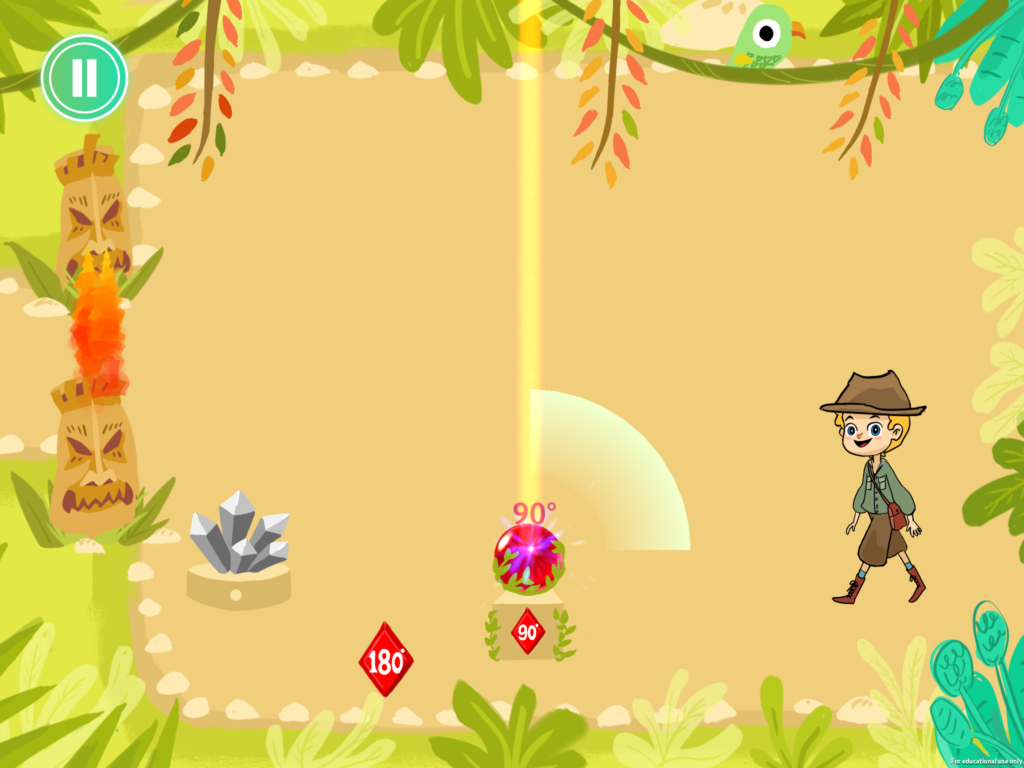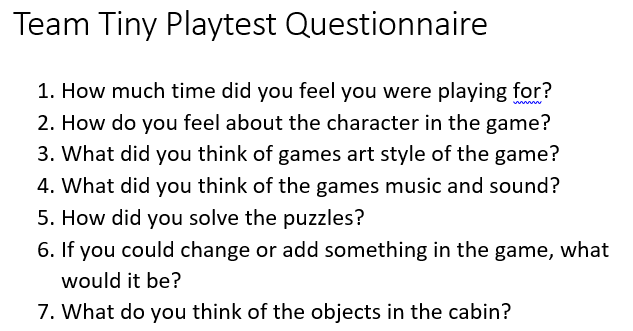This week was spent working on UX changes as well as polish to the game.
UX Changes
A number of UX changes were made .
One Gem Solutions
One gem solutions are The changes this work consisted of solving a number of one gem solutions that appeared during playtesting.
Tutorial
Changed protractor tool tutorial to an earlier level, then introduced it again in a later level to hopefully increase the probability that players will use it.

Anti-Cheat
During our playtest it was revealed that slotting and removing a gem constantly could be used as a cheat to beat a level. We solved this issue technically by having a check for slotting, and not allowing a win to occur if a slot had occur within sometime.
Game Flow
We reconsidered the flow of the first time play experience. Initially the first time players played the game they start directly at level one. The intention behind this was done in attempt to get players attention by showing them the most interesting thing first. This was changed to start with the map first because:
- It was our actual homepage.
- Many other games followed a standard of showing the map first rather than introducing the gameplay.
